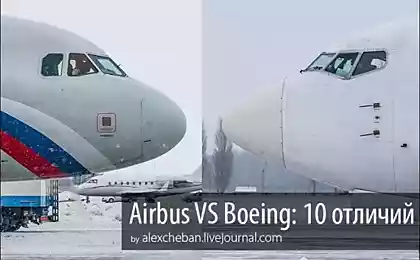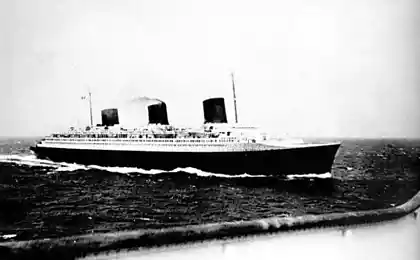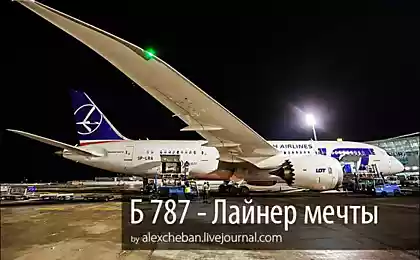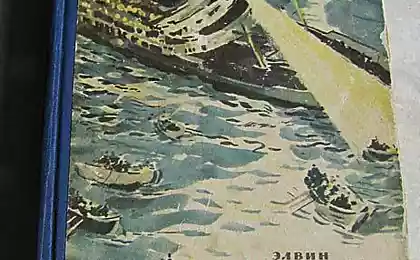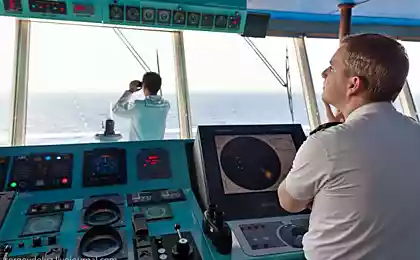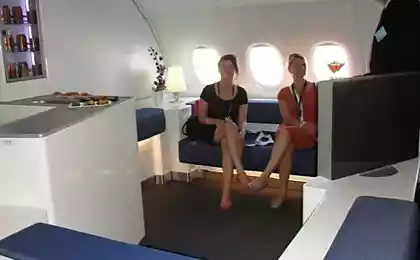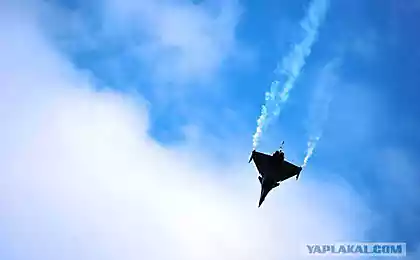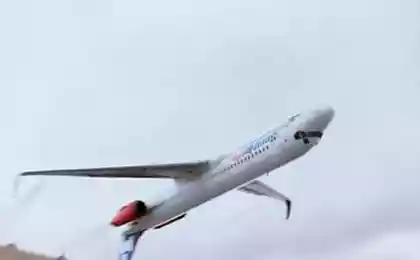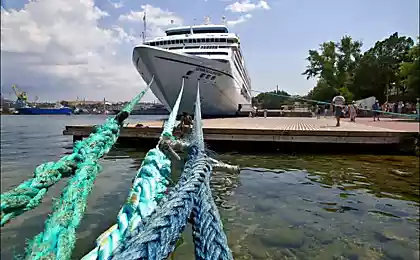2596
The airliner Airbus A380
The giant double-decker airliner Airbus A380 - the largest passenger aircraft in the history of world aviation, its maximum capacity of 853 passengers in odnoklassovoy layout. The first copy handed over to the customer in 2007, to date has built more than 110 machines! Today I want to show the A380 assembly line at a factory in Toulouse, scale and dimensions seen impressive ... And more planes - larger photo reportage!
Many spotters, and not only they, believe the aircraft is aesthetically unappealing. I totally disagree with this statement, moreover, I think it is particularly beautiful and elegant heavy. Slowly soaring A380 is perfect!
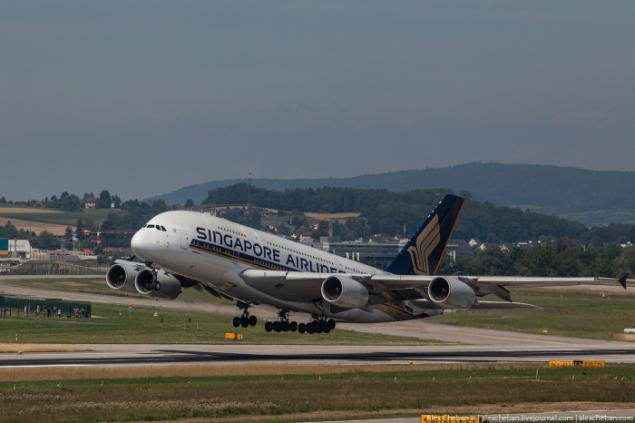
Now go to the factory ...
This layout of the production capacity at the plant in the town of Balanyak near Toulouse, orange - is the A380 assembly plant.
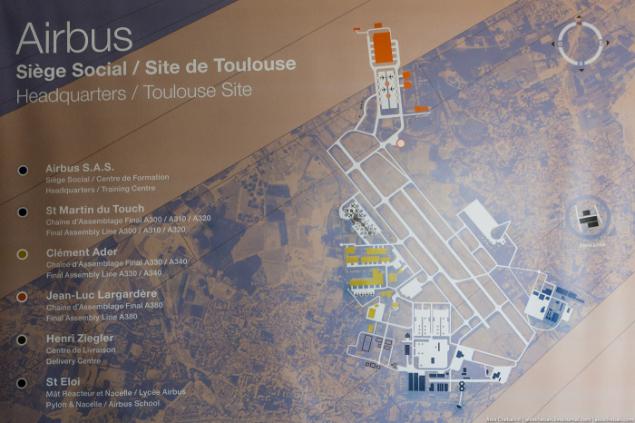
Each aircraft A380 consists of about 4 million. Individual components and 2, 5 million. Parts produced 1,500 companies in 30 countries
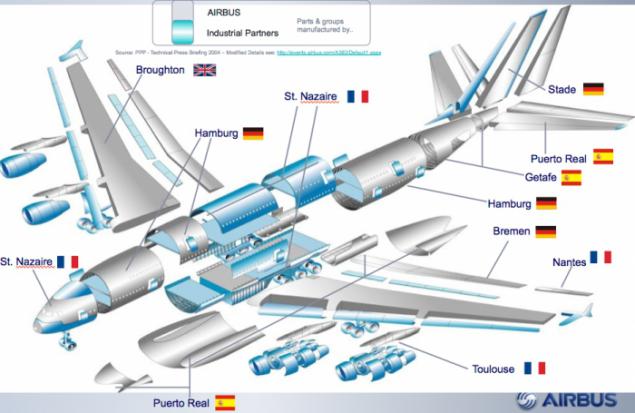
The main elements of the fuselage of the A380 can not be carried through the air, so they carry on the sea and the river on a specially adapted for this barge, and then twice a month on the cars - this is called "night escort».
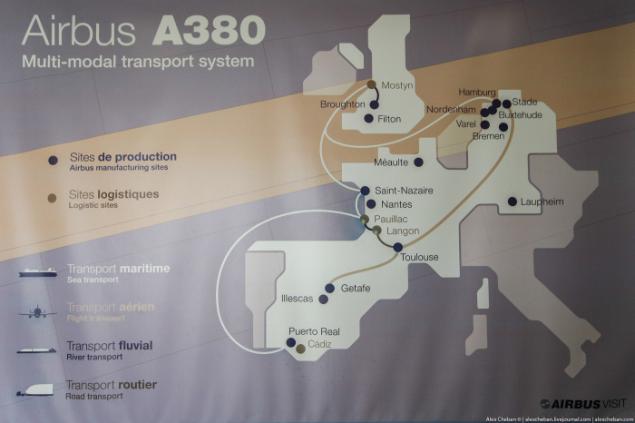
Especially for this Airbus aircraft developed a unique logistics system, which involves the sea, river, air and road transport. From the town of Lisle-Jourdain, about 30 kilometers from Blagnac, exactly at 22:00 the night the convoy starts to move at a speed of 15-20 km / h, so as not to interfere with the movement - six trailers that hosts all of the aircraft, in a two-hour leave the way to the final point - the final assembly line in Blagnac.
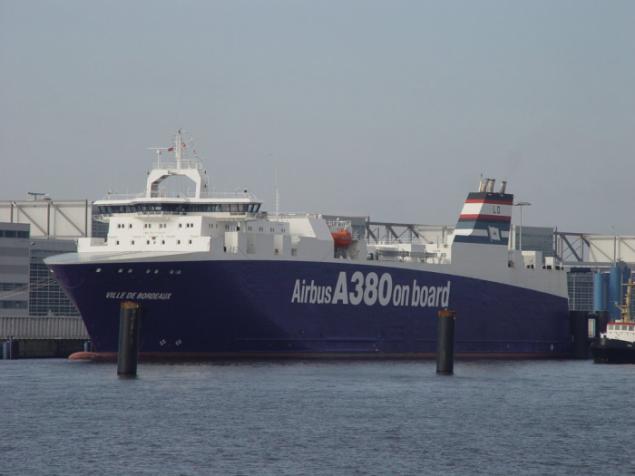
Section fuselage diameter of 7 meters driven straight through the narrow streets of the town. But this is the only possible and the most optimal delivery point liner elements to the plant.
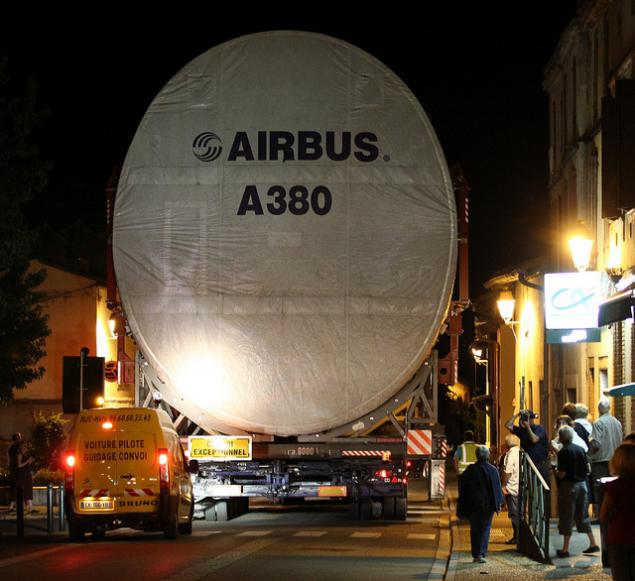
And then begins the assembly of the aircraft with alternate movement between the so-called "Stations." The length, width and height of the assembly shop is 490, 250 and 46 m, respectively.
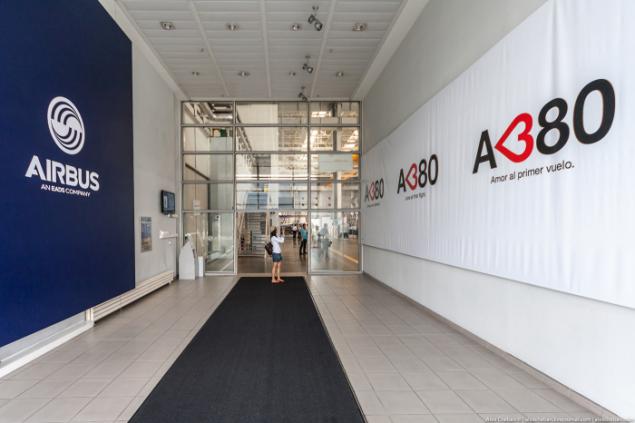
At the first station assembly and the connection occurs fuselage sections together
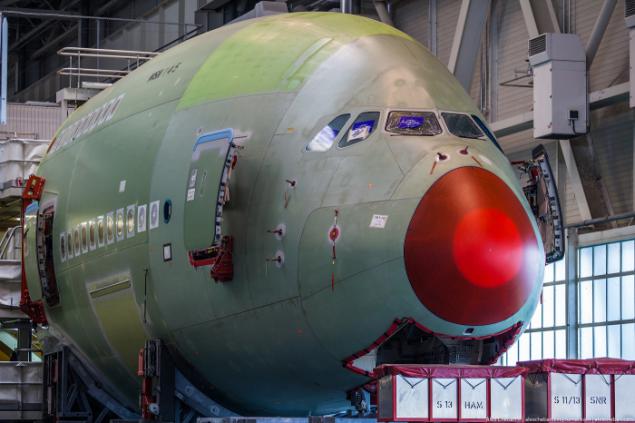
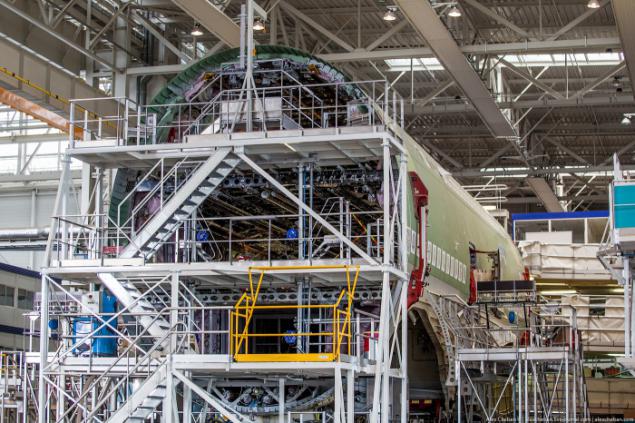
Next, the assembly of the wings and vertical stabilizer:
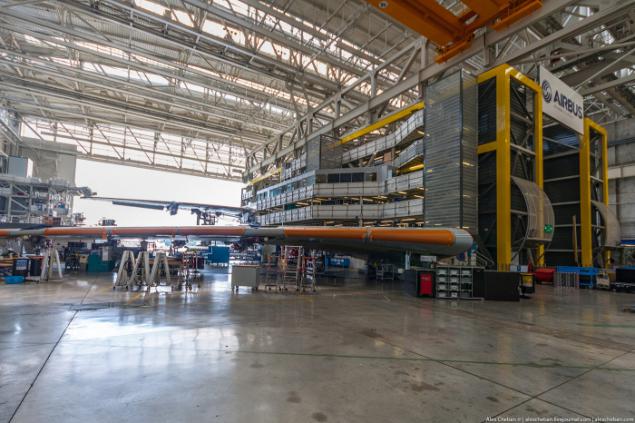

Wing area A380 - 845m2, which is 54% more than the Boeing 747-400!
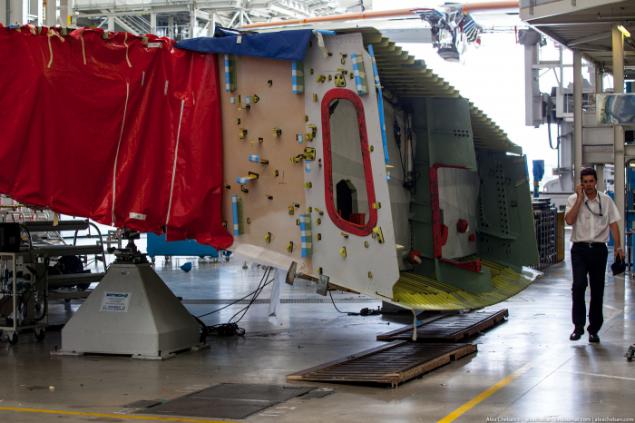
And it's not just the tail ... it's FIVE giraffes! :)
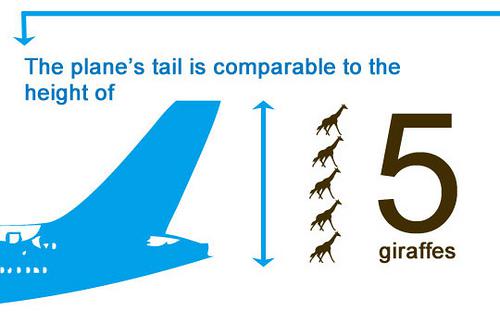
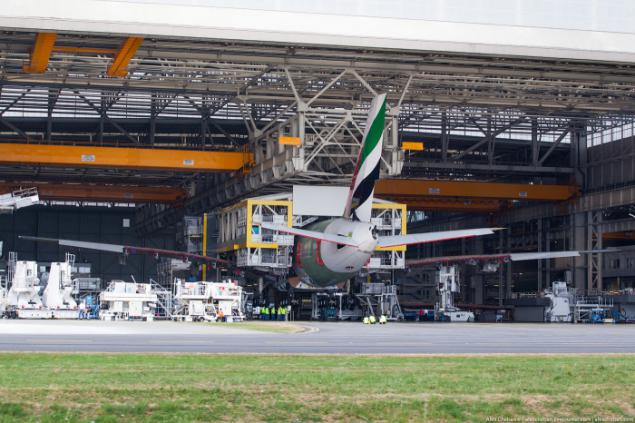
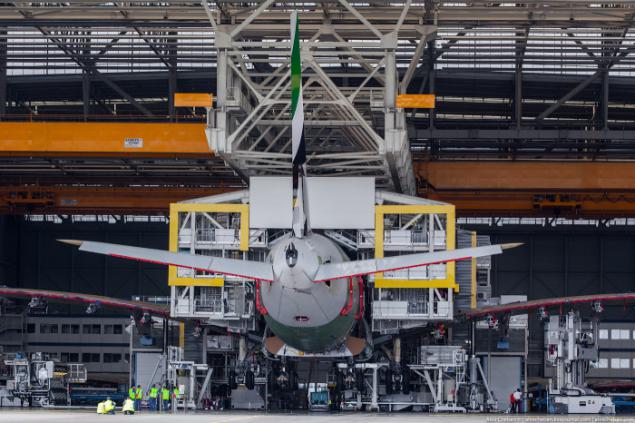
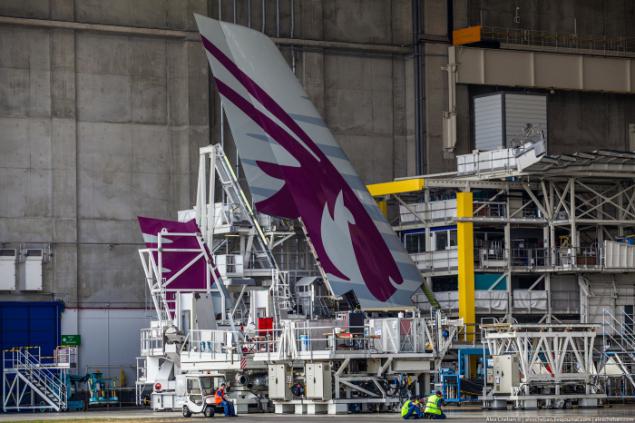

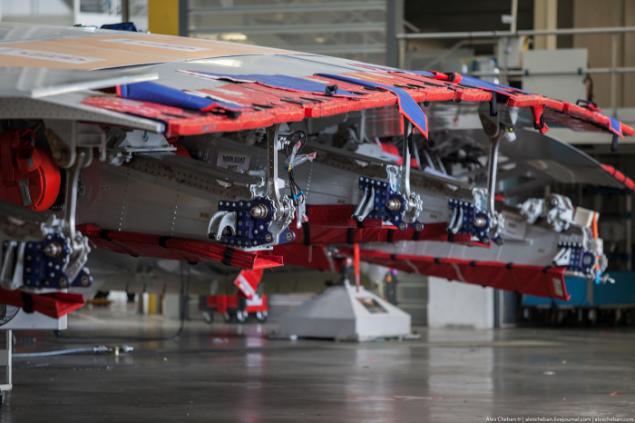

Preparing the engine pylons:
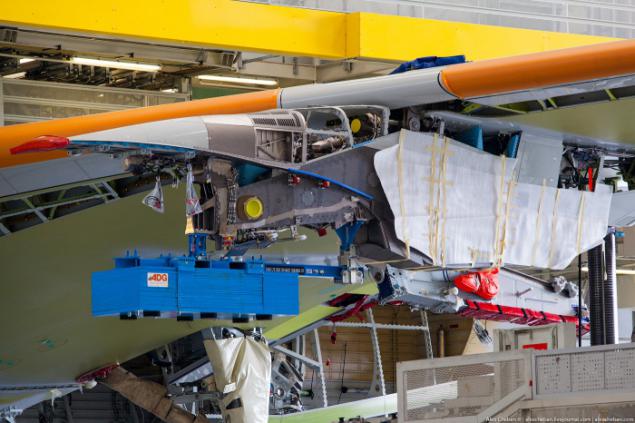
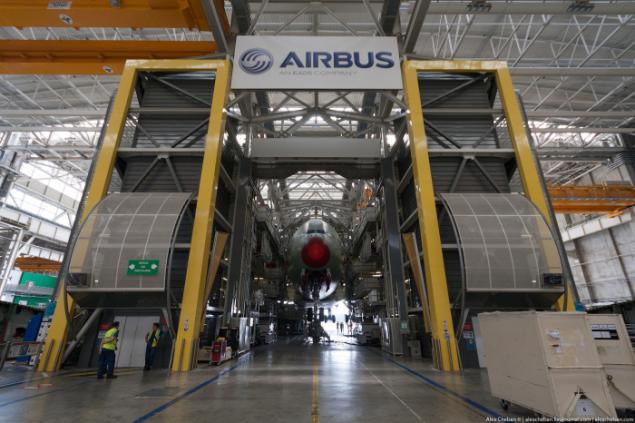
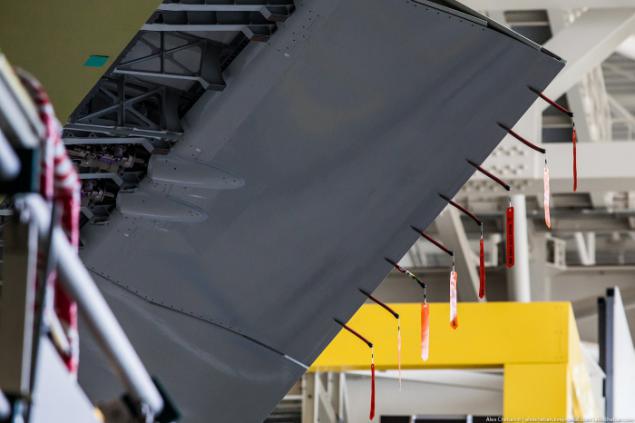
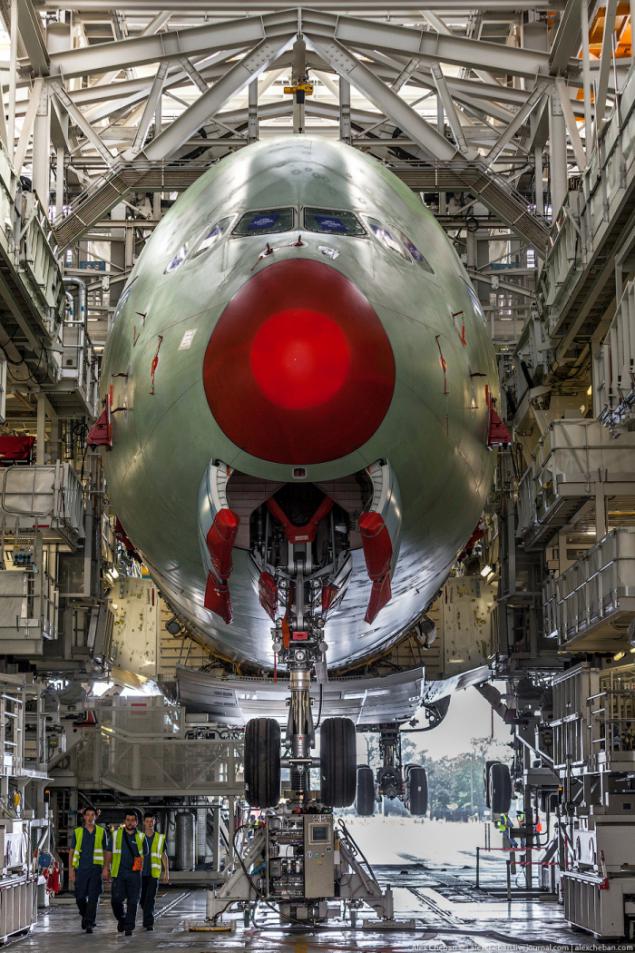
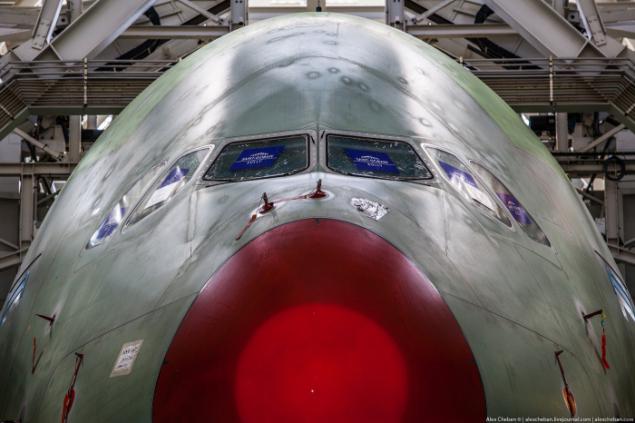
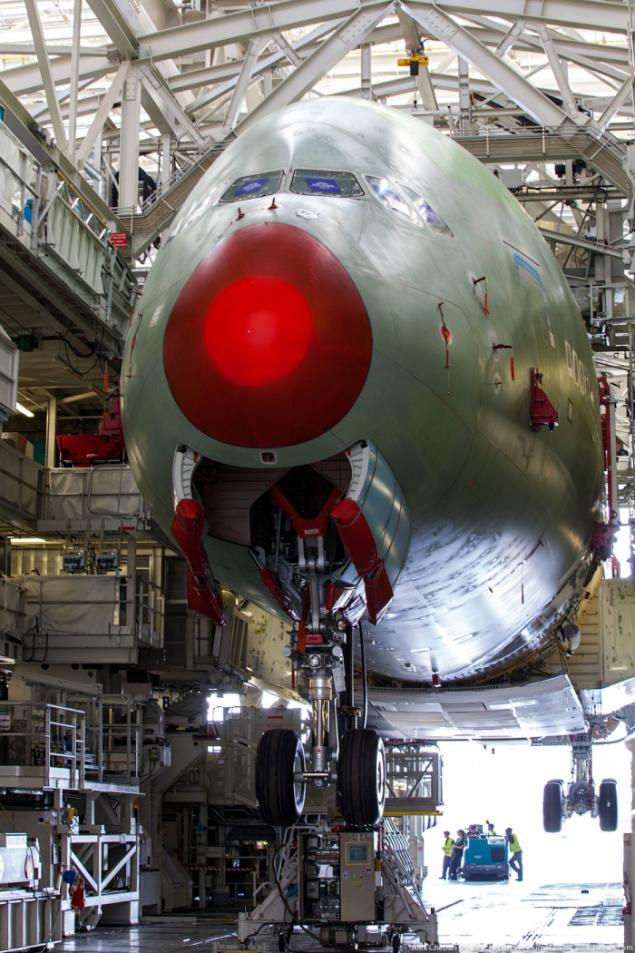
The aircraft is assembled, the next position is made installation of the passenger compartment and the cockpit:
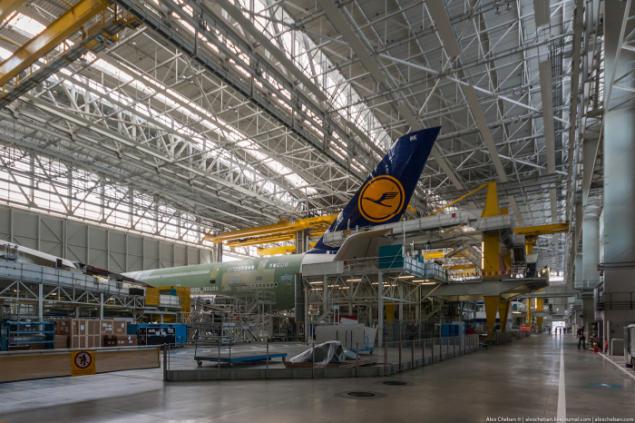
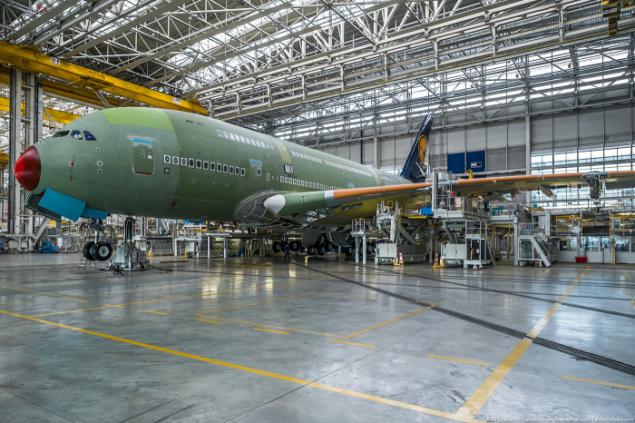
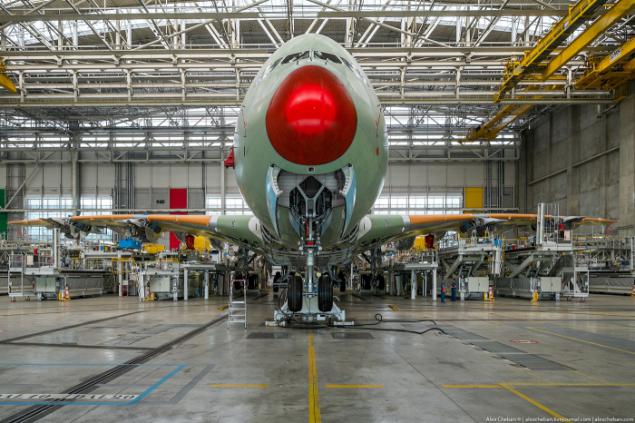

Each of the main landing gear is able to withstand loads up to 260 tons, which is equivalent to the weight of 200 cars Golf class
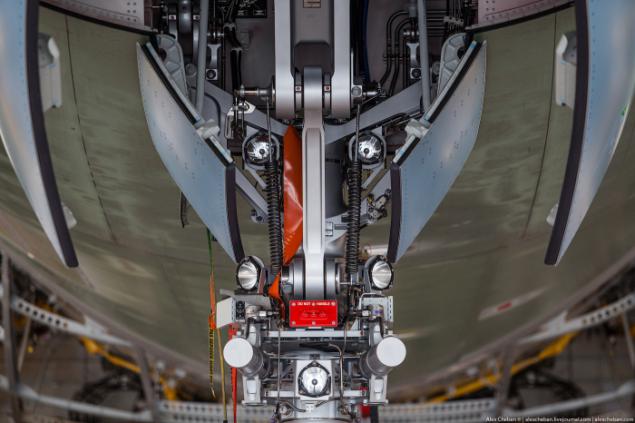

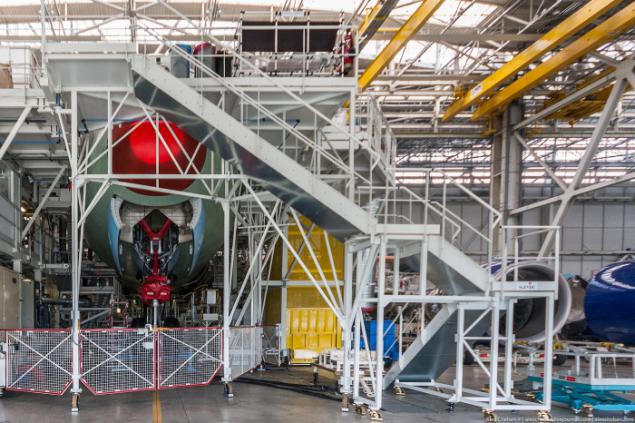
And finally, the last station assembly, which conducted the installation of engines and passenger seats:
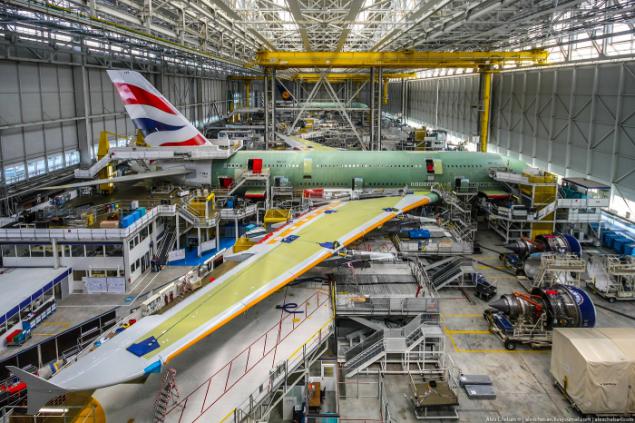
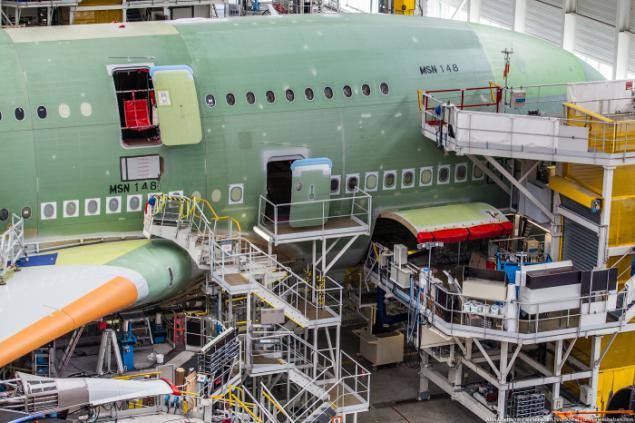
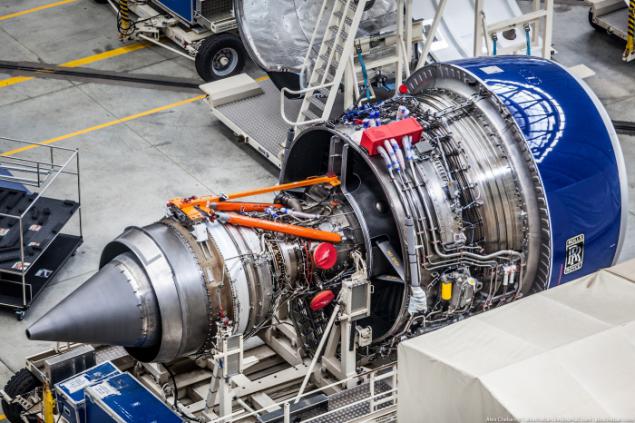
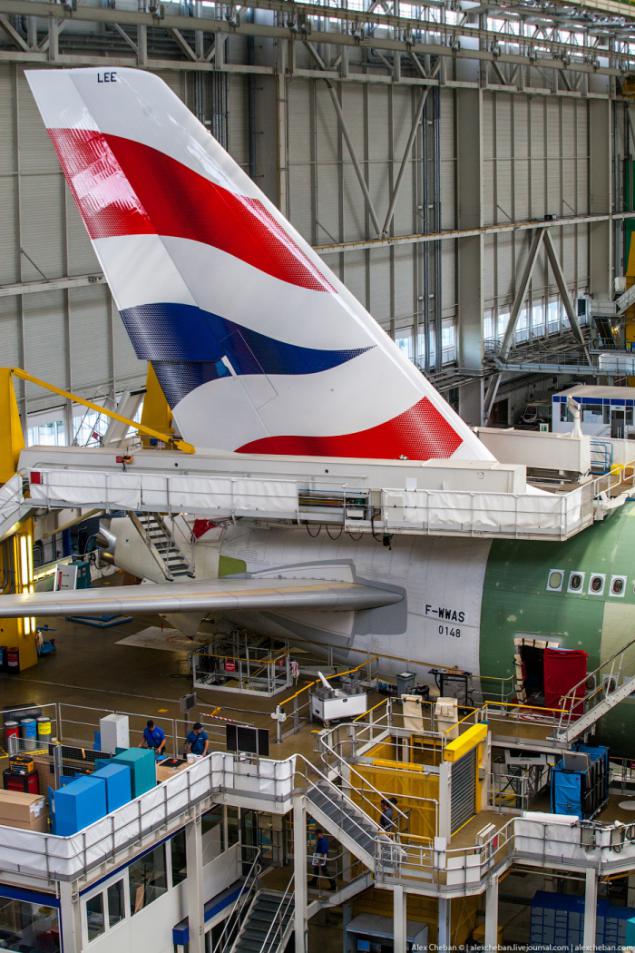
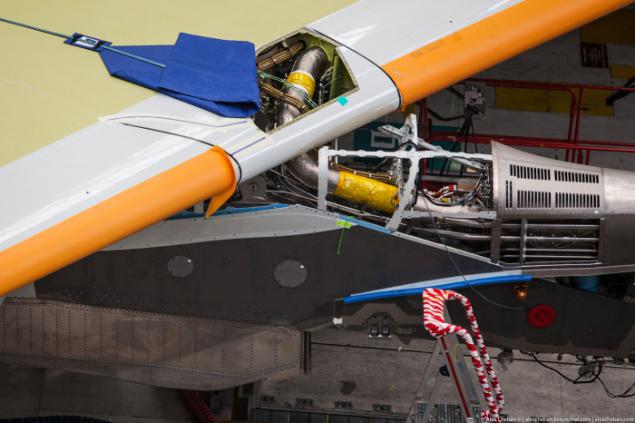
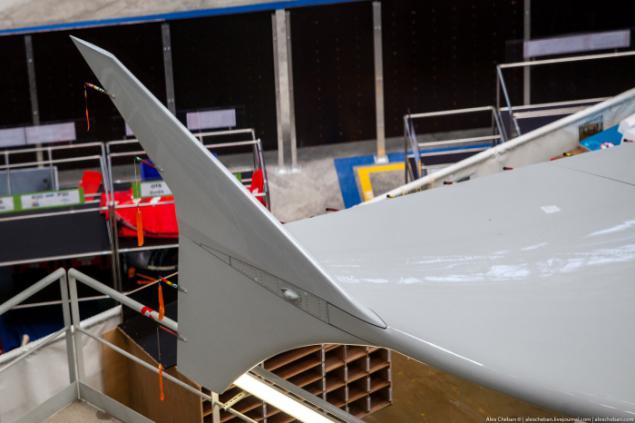
A380 can be equipped with two types of engines: Rolls-Royce Trent 900 or Engine Alliance GP7000. Only two of the four engines equipped with thrust reversers.
Noise reduction is an important requirement in the design of A380, which is partly reflected in the design of engines. Both engines allow the aircraft to meet noise limits for QC / 2 at departure and QC / 0.5 at the arrival of the London Heathrow Airport.


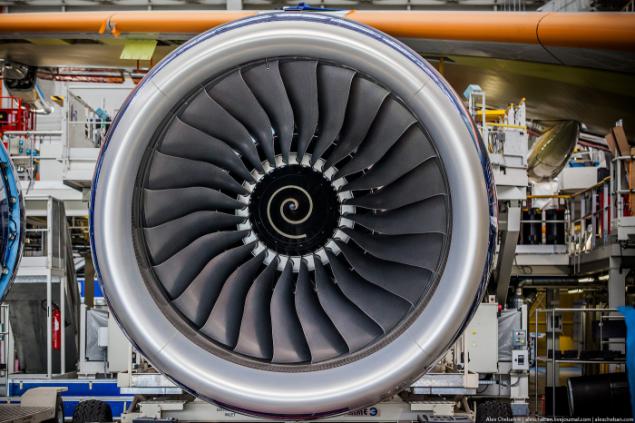
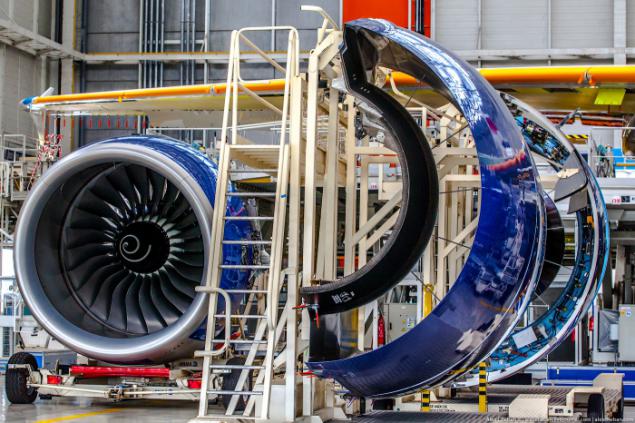
A380 - the most fuel efficient aircraft in its category. It is the only long-haul airliner, which consumes less than 3 liters of fuel for passenger per 100 kilometers (typical layout of 525 seats)
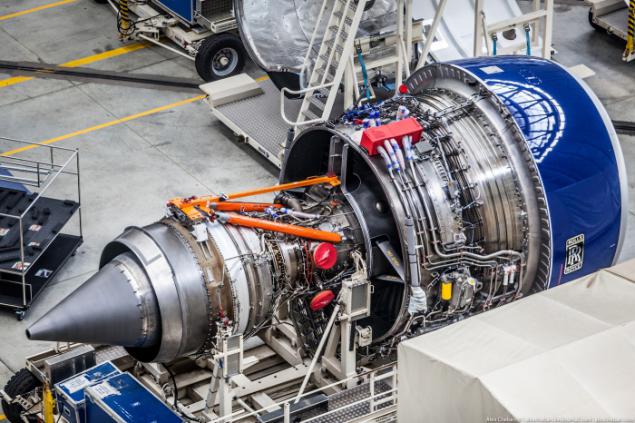
The total area of the cabin of the A380 - 554 m2. Two full decks: main deck - the widest passenger cabin in the world (6, 5 m); upper deck - complete interior wide-body aircraft (5 to 8 m). The air conditioning system of the aircraft is equipped with the most advanced filters that provide uniform air flow to all parts of the ship. The air in the cabin (capacity 1570 m3) is completely replaced every three minutes! The A380 has the quietest passenger cabin in the history of world aviation, I am personally convinced on the way from Frankfurt to Singapore.

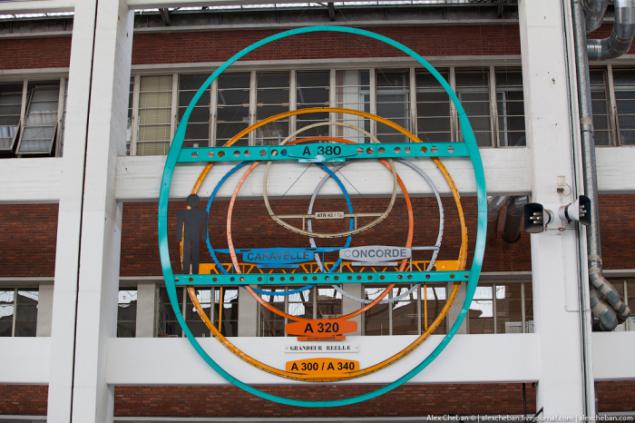
The plane is assembled! Next comes a series of test flights and painting at the plant in Hamburg, the same A380 delivered to the customer:
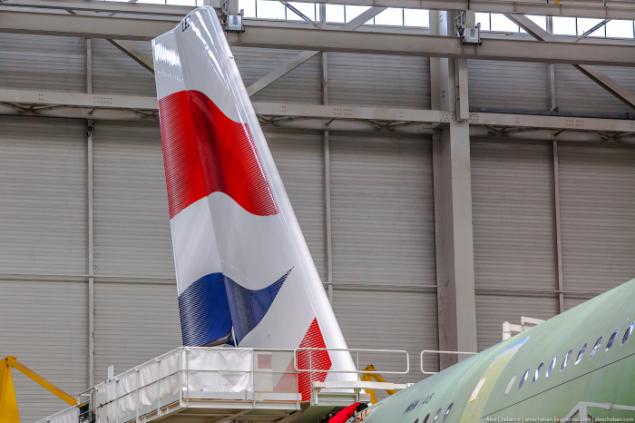


This A380 is expected to be transferred to private customers. Behind him A300B - this is the first aircraft, released by Airbus. The aircraft made a revolution in civil aviation '70s, becoming the first twin-engined widebody aircraft.
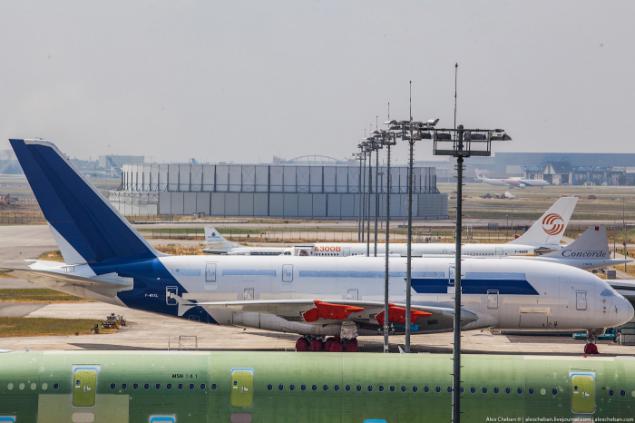
The circular design on the right - is a zone of static engine test at around barriers to the distribution of the sound wave.
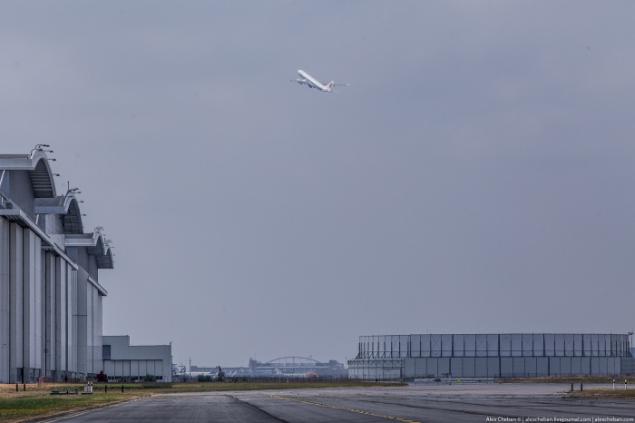
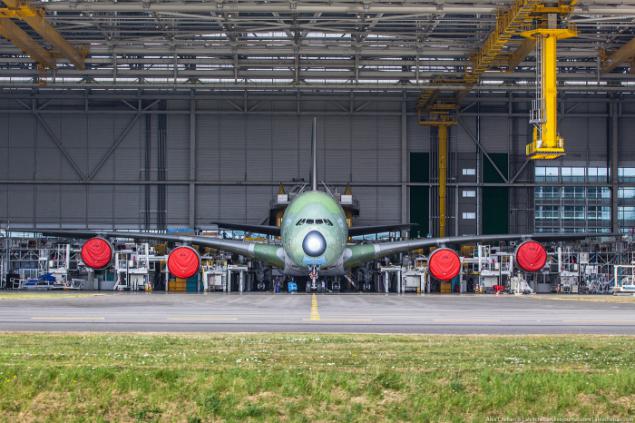
Today produced more than 110 A380, produced on a monthly basis and is transmitted to customers an average of 2, 5 aircraft. Backlog of orders is still 160 board! At the moment, the A380 has been in operation at the 20-airlines.
Here's an interesting statistic replace B777 / B747 on some flights:
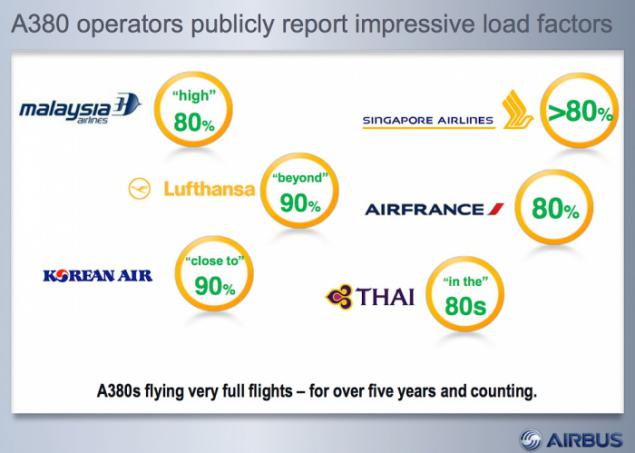
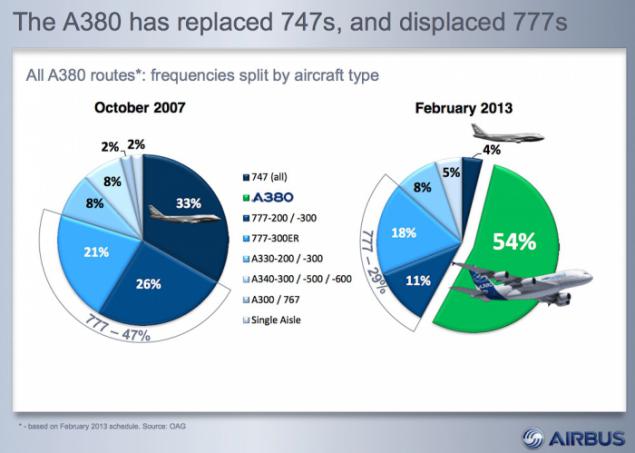
The largest fleet of A380 - at Emirates:

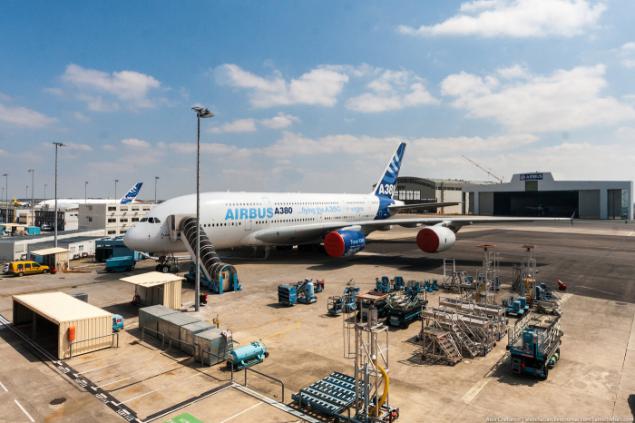
Five A380 were built for demonstration and testing purposes. The first A380, serial number MSN001 and registration F-WWOW, was presented at a ceremony in Toulouse, 18 January 2005, and the first flight took place on April 27, 2005. Here are the very first A380:
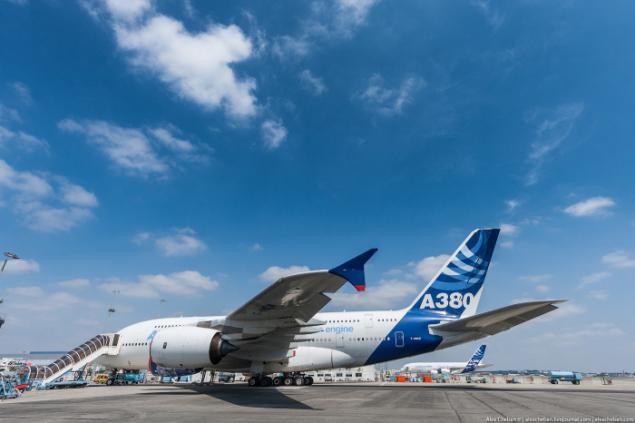
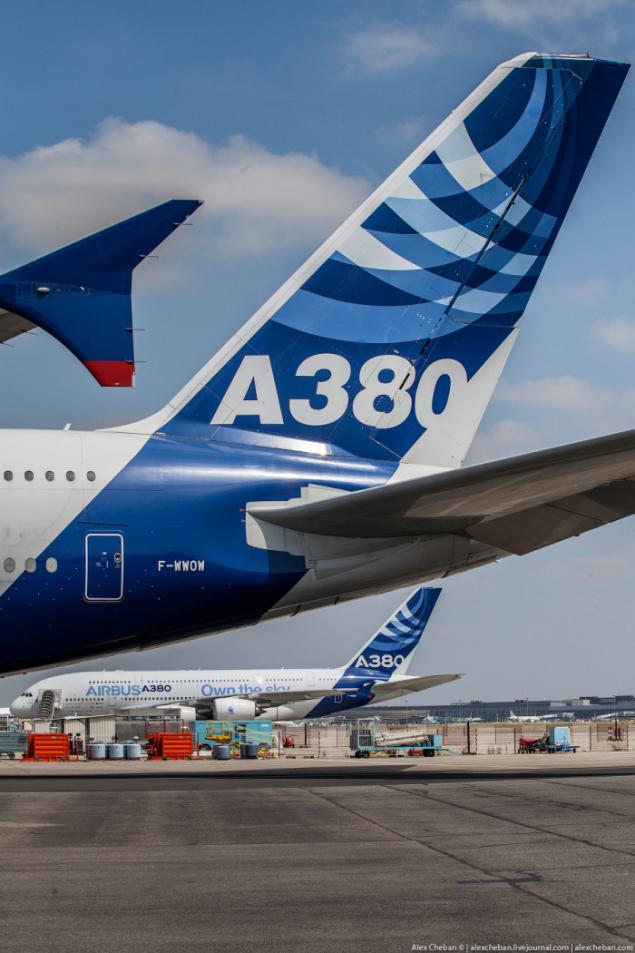
©
Many spotters, and not only they, believe the aircraft is aesthetically unappealing. I totally disagree with this statement, moreover, I think it is particularly beautiful and elegant heavy. Slowly soaring A380 is perfect!

Now go to the factory ...
This layout of the production capacity at the plant in the town of Balanyak near Toulouse, orange - is the A380 assembly plant.

Each aircraft A380 consists of about 4 million. Individual components and 2, 5 million. Parts produced 1,500 companies in 30 countries

The main elements of the fuselage of the A380 can not be carried through the air, so they carry on the sea and the river on a specially adapted for this barge, and then twice a month on the cars - this is called "night escort».

Especially for this Airbus aircraft developed a unique logistics system, which involves the sea, river, air and road transport. From the town of Lisle-Jourdain, about 30 kilometers from Blagnac, exactly at 22:00 the night the convoy starts to move at a speed of 15-20 km / h, so as not to interfere with the movement - six trailers that hosts all of the aircraft, in a two-hour leave the way to the final point - the final assembly line in Blagnac.

Section fuselage diameter of 7 meters driven straight through the narrow streets of the town. But this is the only possible and the most optimal delivery point liner elements to the plant.

And then begins the assembly of the aircraft with alternate movement between the so-called "Stations." The length, width and height of the assembly shop is 490, 250 and 46 m, respectively.

At the first station assembly and the connection occurs fuselage sections together


Next, the assembly of the wings and vertical stabilizer:


Wing area A380 - 845m2, which is 54% more than the Boeing 747-400!

And it's not just the tail ... it's FIVE giraffes! :)







Preparing the engine pylons:






The aircraft is assembled, the next position is made installation of the passenger compartment and the cockpit:




Each of the main landing gear is able to withstand loads up to 260 tons, which is equivalent to the weight of 200 cars Golf class



And finally, the last station assembly, which conducted the installation of engines and passenger seats:






A380 can be equipped with two types of engines: Rolls-Royce Trent 900 or Engine Alliance GP7000. Only two of the four engines equipped with thrust reversers.
Noise reduction is an important requirement in the design of A380, which is partly reflected in the design of engines. Both engines allow the aircraft to meet noise limits for QC / 2 at departure and QC / 0.5 at the arrival of the London Heathrow Airport.




A380 - the most fuel efficient aircraft in its category. It is the only long-haul airliner, which consumes less than 3 liters of fuel for passenger per 100 kilometers (typical layout of 525 seats)

The total area of the cabin of the A380 - 554 m2. Two full decks: main deck - the widest passenger cabin in the world (6, 5 m); upper deck - complete interior wide-body aircraft (5 to 8 m). The air conditioning system of the aircraft is equipped with the most advanced filters that provide uniform air flow to all parts of the ship. The air in the cabin (capacity 1570 m3) is completely replaced every three minutes! The A380 has the quietest passenger cabin in the history of world aviation, I am personally convinced on the way from Frankfurt to Singapore.


The plane is assembled! Next comes a series of test flights and painting at the plant in Hamburg, the same A380 delivered to the customer:



This A380 is expected to be transferred to private customers. Behind him A300B - this is the first aircraft, released by Airbus. The aircraft made a revolution in civil aviation '70s, becoming the first twin-engined widebody aircraft.

The circular design on the right - is a zone of static engine test at around barriers to the distribution of the sound wave.


Today produced more than 110 A380, produced on a monthly basis and is transmitted to customers an average of 2, 5 aircraft. Backlog of orders is still 160 board! At the moment, the A380 has been in operation at the 20-airlines.
Here's an interesting statistic replace B777 / B747 on some flights:


The largest fleet of A380 - at Emirates:


Five A380 were built for demonstration and testing purposes. The first A380, serial number MSN001 and registration F-WWOW, was presented at a ceremony in Toulouse, 18 January 2005, and the first flight took place on April 27, 2005. Here are the very first A380:


©
